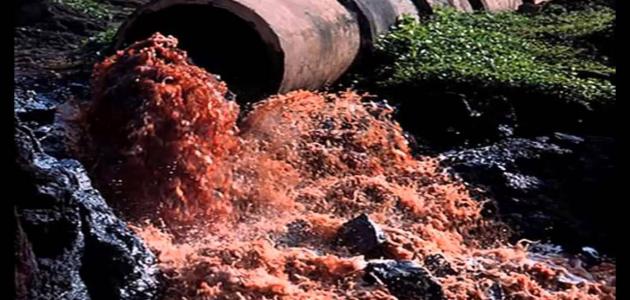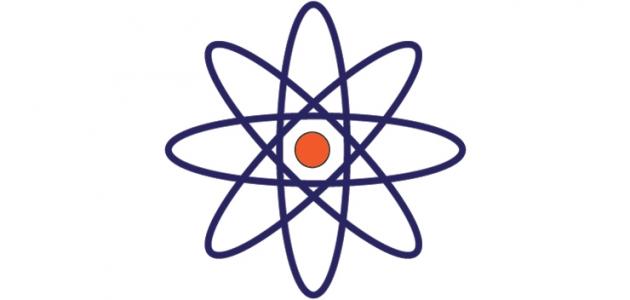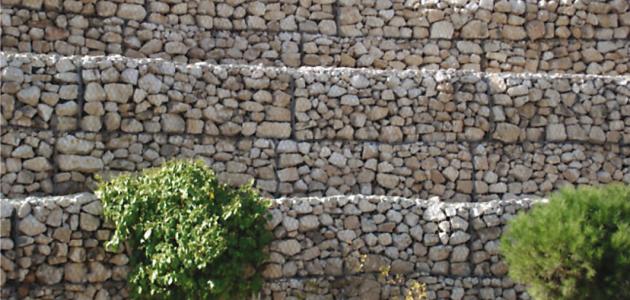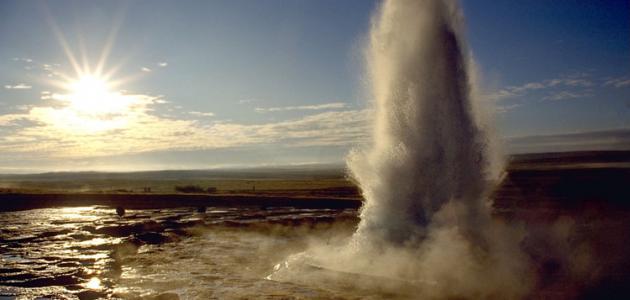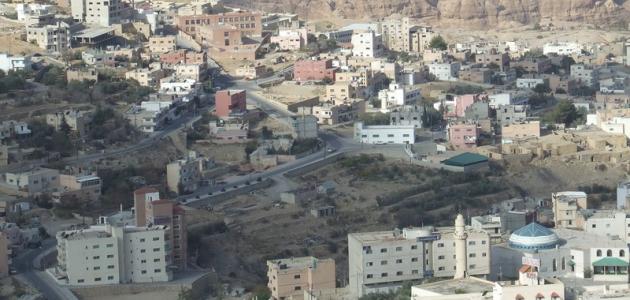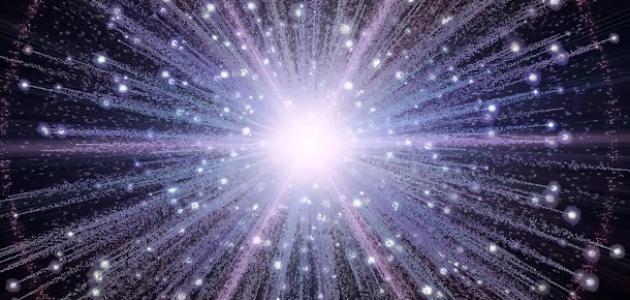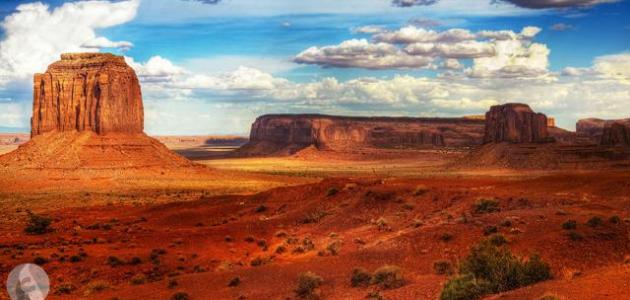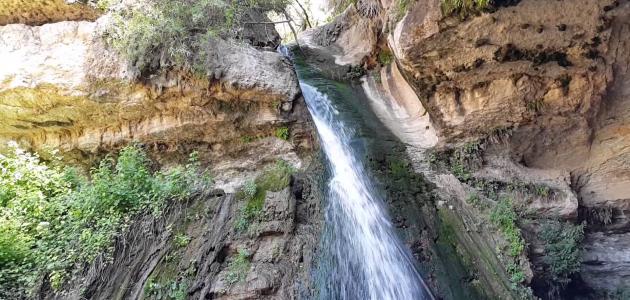Natural balances
Nature is subject to complex systems and laws that work to create a natural balance between all components of the environment and nature, as each component is linked to the other components in a harmonious and precise manner, and performs its role in an appropriate manner.
Natural balance can be defined as the ability of nature to create and sustain life on Earth, without any dangers or disturbances that may affect human life, or it can be defined in another way as the elements, factors and pillars of the natural environment remaining as they are.
Human impact on nature
Man has the greatest influence on nature, as he changes it and disturbs its balance, whether intentionally or unintentionally, through the industrial revolution, the establishment of factories, etc., in addition to not exploiting the land appropriately, which led to negative results such as: the blowing of dust by the wind and the erosion of what is under the soil. Due to the continuous increase in the population of the Earth and human intervention in the balance of nature through the use of devices, machines, and modern and different technology, this has led to an exaggeration of the situation and an increase in changes in nature.
Elements of natural balance
The ecosystem or natural balance consists of several elements, which are as follows:
- Non-living elements: This includes soil, water, air, and all types of minerals found in the ground or on its surface.
- Living productive elements: These include plants of all kinds, which manufacture their own food using non-living elements.
- Consumable living elements: These elements are as follows: all types of animals, whether carnivorous or vegetarian, humans, and decomposers, which are the elements that work to break down organic materials into inorganic materials that are easy to absorb, such as: fungi, bacteria, and germs.
Causes of natural imbalances
- Reasons resulting from changing natural conditions: That is, when there is a drought, this leads to an imbalance in the natural balance resulting from the destruction of vegetation, which leads to damage to the animals present there.
- Reasons resulting from the entry of living organisms into a new environment: For example: when a type of rabbit entered Australia and reproduced far from its natural enemy, which led to an imbalance in the natural balance through the rabbits destroying the forests and not being able to provide food, which led to their destruction and the destruction of the forests. Some other animals.
- Reasons resulting from the killing of some creatures in the environment: as happened in the United States when farmers complained about the killing of chicks by hawks and owls that they were raising, which led to the elimination of (125.000) birds within a year and a half, after which rats spread and caused losses to crops.
